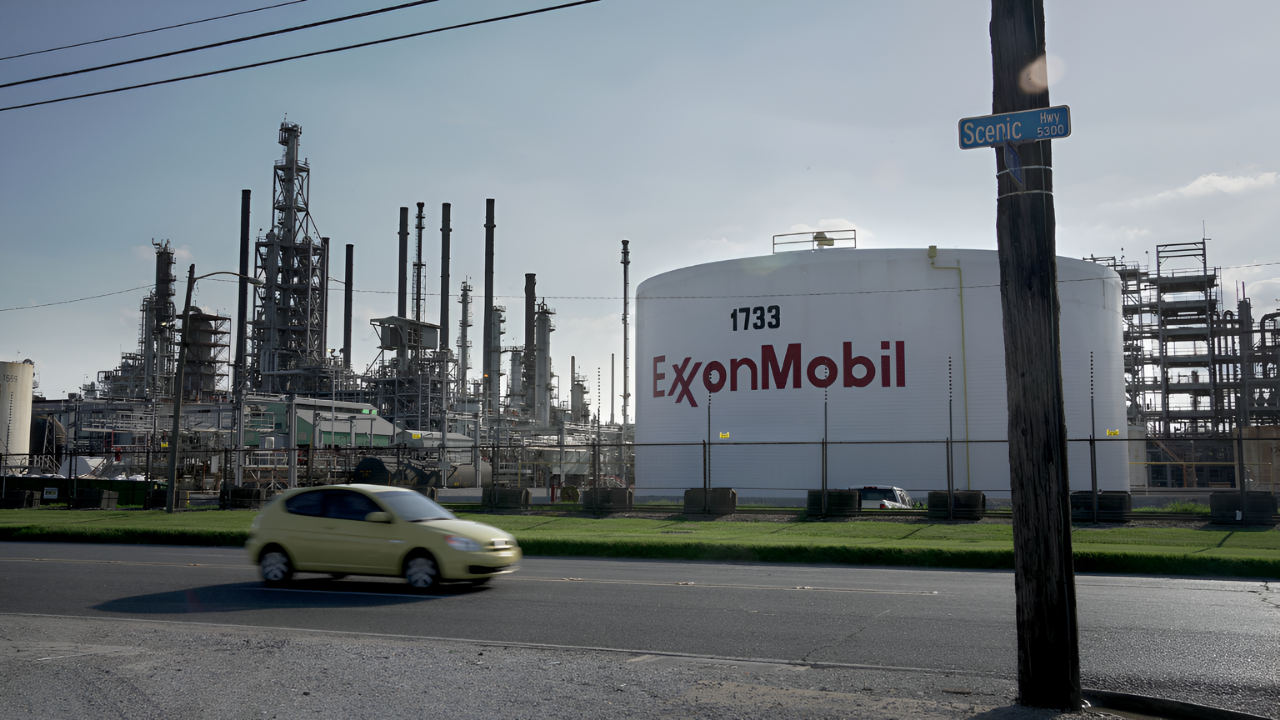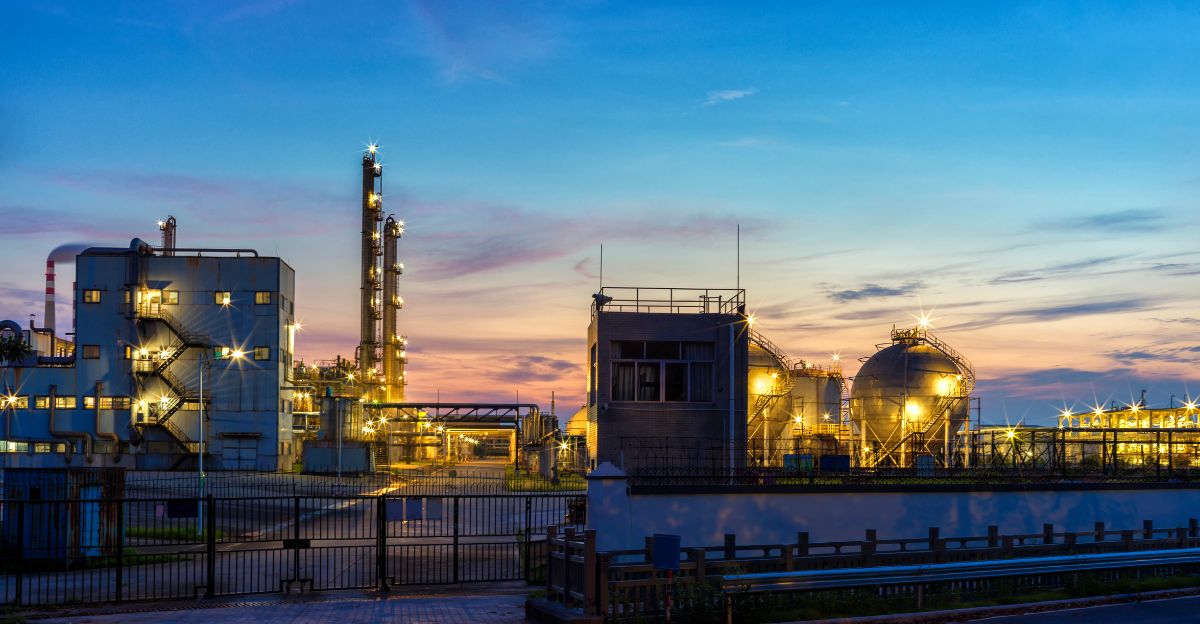
ExxonMobil’s Fife Ethylene Plant in Scotland, a key part of the country’s manufacturing sector since the 1980s, will close in early 2026. More than 400 jobs will be lost, making it the largest industrial layoff in Scotland for 2025. The closure has raised major concerns about the state of UK manufacturing and what might come next for workers and local communities.
The Fife plant has operated for nearly forty years, producing ethylene, a chemical used in making plastics, packaging, and medical supplies. Its shutdown marks not only the end of an era for Scotland’s industry but also signals growing problems for the UK’s wider industrial base.
Why the Shutdown is Happening

ExxonMobil says several factors made the plant too expensive to keep running. The company points to high UK energy prices, heavy taxes on energy firms, and government restrictions on new oil and gas projects. These challenges, combined with falling profits, made the plant uncompetitive.
Energy costs in Britain are among the highest in the industrial world, up to 60% higher than in the European Union and as much as 400% higher than in the United States. This means that factories using large amounts of energy, like ethylene producers, struggle to stay profitable. ExxonMobil tried to sell the Fife facility but could not find a buyer willing to take on its financial risks, leading the company to announce the closure.
The Plant’s Legacy and Industry Challenges

Since its opening in 1985, the Fife Ethylene Plant has been one of the most productive in Europe, making around 830,000 tonnes of ethylene each year. About half of what it produced went to UK factories, while the rest was exported to other parts of Europe. The facility ran continuously, employing over 400 skilled workers and supporting many local contractors and businesses.
The closure is part of a much broader pattern within Europe’s petrochemical industry. Since 2024, several large plants across the continent have shut down or plan to do so, removing more than 4.5 million tonnes of ethylene production capacity from the market. Once Fife shuts down, the UK will be left with only one operating ethylene plant, at Grangemouth, which itself faces doubts about its long-term future.
A few major trends are driving these changes. North Sea oil and gas output is expected to drop by half by 2030, meaning less affordable material for chemical producers. European gas prices are still four to five times higher than those in the US, making American producers much more competitive. Globally, ethylene plants are producing less because there is too much supply compared to demand, creating intense competition and lower profit margins.
Impact on Workers and What Comes Next

The Fife closure will directly affect 179 ExxonMobil employees and about 250 contract workers. Many of them have spent decades at the site. ExxonMobil has offered some workers positions at its Fawley refinery in southern England, but since that is nearly 500 miles away, only a small number of employees, around 50, are expected to move. Another 50 may stay temporarily to help shut the plant down.
For the local area, the decision is a huge blow. Small businesses that depended on the plant’s workers could lose customers, and the local economy may suffer as jobs disappear. Workers and union leaders have expressed anger at both ExxonMobil and the UK government, saying that not enough was done to save the facility. Many employees say they were given little warning, leaving them uncertain about their future in a region where there are few similar jobs available.
The closure also reflects a much larger problem, the decline of heavy industry in the UK. As energy costs rise and policies change, manufacturing has become harder to sustain. Experts warn that unless the government provides stronger support for industrial energy users and creates a clear long-term strategy, more closures may follow. This could increase the country’s reliance on imported chemicals and plastics, weakening its manufacturing independence.
Government officials admit the situation is serious but say that the public funds needed to keep the plant running were too high to justify. ExxonMobil maintains that policy changes and market conditions left no other realistic option.